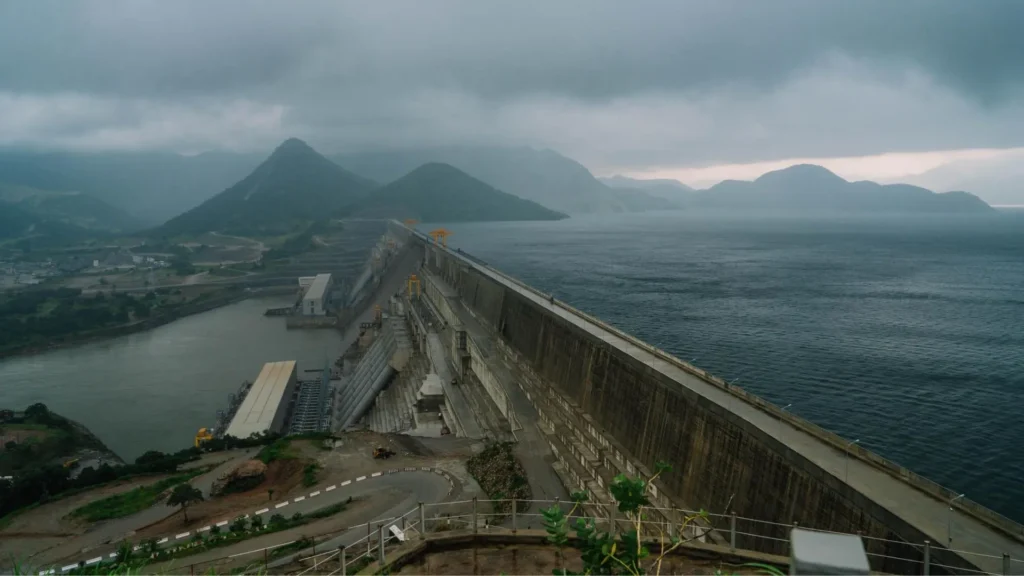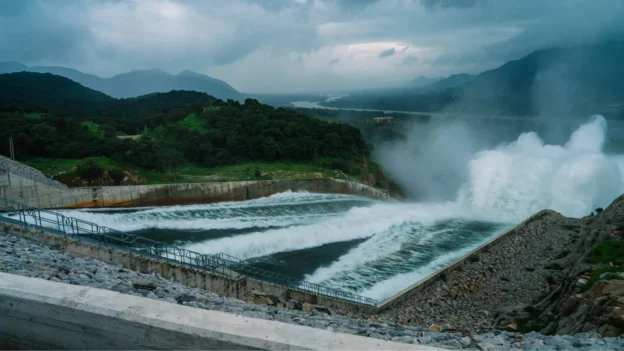Ethiopia officially inaugurated the GERD (Grand Ethiopian Renaissance Dam), a gigantic hydroelectric hydropower plant on the Blue Nile located on the Blue Nile, near the border with Sudan. This monumental work, valued at some $5 billion, will have the capacity to generate up to 5,150 megawatts of clean energy, enough to double the country’s current production.
With a storage capacity of nearly 74 billion m3, the Nigat reservoir is emerging as a key player in Ethiopia’s electricity matrix and its goal of becoming a regional exporter of electricity.

Controversy surrounding the Grand Ethiopian Renaissance Dam
GERD has become a symbol of cohesion for Ethiopia, mobilizing domestic investment and citizen support. Prime Minister Abiy Ahmed stressed during the inauguration that the project represents an example of African progress. However, reactions outside the country have been less optimistic.
Egypthighly dependent on the Nile for 97% of its water consumption, called the dam an “existential threat”. Sudan also expressed reservations about what it considers a unilateral action that could alter the basin’s hydraulic regime.
Since 2015, talks between the three countries have failed to reach a binding agreement. Egypt and Sudan insist on establishing clear mechanisms for water management during periods of drought, while Ethiopia defends its sovereign right to development.
The lack of consensus has fueled a regional dispute that, while remaining at the diplomatic level, threatens to generate realignments in the geopolitical alliances of northeast Africa.
Impact of Ethiopia’s energy commitment
The implementation of GERD responds to the needs of a country where almost half of the population lacks access to electricity and projects Ethiopia as a renewable power in Africa, aligning with its strategy of electric mobility and fossil fuels restriction. fossil fuels.
With projected revenues of up to US$1 billion annually from energy exports, GERD could upset the regional economic balance. At the same time, it raises an urgent discussion on the shared use of transboundary water resources.
Source: DW
Photos: Office of the Prime Minister – Ethiopia via X

